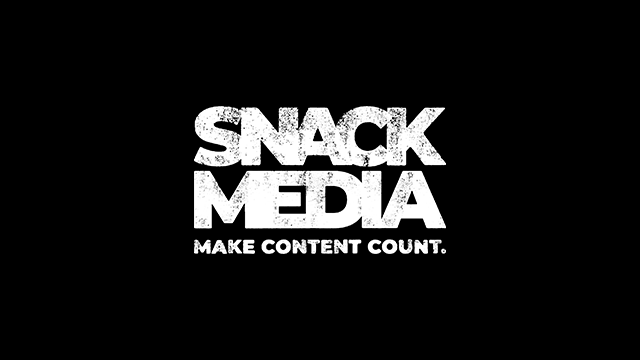The push notification has become a staple of everyone’s digital lives.
If you have a smart phone then it’s very likely you’ve got almost every app you’ve ever downloaded sending you a push notification about something at least once a week. It’s how companies, publishers and developers attempt to communicate with their audience effectively and efficiently.
My iPhone’s new screen time feature is currently telling me I’ve received 883 push notifications in the last seven days, which works out to be around 126 a day, or just over five an hour. That’s pretty crazy when you think about it. But how many do I actually engage with? Probably very few (iPhone’s screen time feature doesn’t go that far with the information it provides) but the ones I do will more than likely be offering me something I want in that moment, either related to work or involving some kind of questionable banter from my mates on WhatsApp.
The volume of push notifications I and most other people receive every day shows just how often businesses are battling for their target audience’s attention. In an ever-changing digital landscape and increasingly busy world we live in, it’s an obvious and incredibly effective way of marketing content or products, despite potentially low click through rates.
Here at Snack Media, we’ve spent a lot of time thinking about how we can reach the millions of football fans we have at our fingertips more regularly, while ensuring we’re only delivering the content they want.
Simply just relying on aggregator, social media, search engine and organic traffic just isn’t enough in this day and age. Publishers, like Snack Media, are always in search of new and innovative ways our readers can consume our content, and push notifications is the latest piece of technology we’re using.
Our push notifications aren’t just limited to mobile, either. Most desktop browsers offer a push notification feature, which means even when they’re at work we are still able to deliver readers the content they want to see.
Apple don’t allow this on mobile just yet, which severely limits reach, but so far a trial on three of our biggest websites has returned thousands of subscribers and has led to hundreds of thousands of new website sessions, which we wouldn’t have had had we not implemented push notifications.
The sheer growth of push subscribers on our websites has been impressive and our readers’ loyalty is very clear. All new website visitors are simply asked if they would like to receive push notifications from the site they’re on in a very polite and unobtrusive way. The volume of subscribers we have so far suggests our readers are hungry for more content from us.
Yet, this still isn’t enough. Even better success has been had on our club specific football sites, where subscriber rates may not be as high as they have been on our more generic football titles but offer a far greater click through rate in comparison.
The fact is that while football fans are always keen on reading about the latest headlines, they’re far more likely to engage if the headlines involve their own club. Now, with this technology available and implemented on several of Snack Media’s owned and operated football titles, we’re able to send football fans unique content we know they’re going to be interested in.
By segmenting our audience by location and by the clubs we know they support, we expect to see a far higher level of engagement and can then use that user behaviour to continue to improve and expand on the content we’re creating.
We can go even deeper than that, too, by analysing the best times of the day in which our readers are engaging. With this data, we have a much clearer picture of reader behaviour, so much so that we can make decisions on custom targeting specific types of content, safe in knowledge it’s what our subscribers want and not what we think or hope they want. It’s no longer a guessing game.
While push notifications isn’t exactly new technology, finding a way in which we can use it to target our readers regularly on both desktop and mobile has allowed us to learn even more about what our readers want and when they want it, without annoying them in the process.
Finally, my iPhone’s screen time feature is telling me I’ve looked at my phone for an average of 4 hours and 41 minutes a day over the last seven days. That’s not something I’m proud of, in fact it disgusts me, but that’s almost five hours of time when publishers could’ve sent me targeted content they know I’ll be interested in. Of the 883 push notifications I’ve received in the last week, I can count on one hand how many times that’s happened.
Snack Media, though, are ready and waiting to take advantage of people like me who just can’t take their eyes off their phone or laptop screen.
Author: James Jones, Deputy Head of Content



